By now, you and your child have gained experience with distance learning. In preparing for the new school year, it may be helpful to think about the end of the last school year: What went well? What was challenging?
Look for ways to continue the habits or strategies that helped make distance learning successful in the past. Focus on creating a new plan for the areas that were challenging. It’s best to sit down together as a family to plan out your approach to distance learning – your child may have helpful ideas and appreciate being involved. If distance learning has been especially difficult in the past, consider involving your child’s school team for additional support. Be proactive, and start creating your family’s plan as soon as possible!
Planning and preparing for distance learning
Set a regular time for your child to do school work.
Children do best when they have a routine. Having the same schedule every day helps children feel prepared for their day and creates a sense of normalcy. If a schedule is provided by your child’s school, post the schedule in a common place where both you and your child can see it. If your child’s school does not provide a schedule, think about what a typical school day looks like, and do your best to recreate it. If you need help creating a schedule, ask a school team member for ideas.
Create a study space.
If possible, try to create a designated work space for your child that will only be used for attending their virtual class sessions and completing assignments. Using the same study space will help your child transition into “school mode” and help your child establish their routine.
Ensure that your child has all of the materials they need.
Try to collect the items your child may need to complete their assignments from home and keep them easily accessible. This could include books, pencils, a pencil sharpener, notebooks, paper, a dry erase board and markers, a calculator, a computer, Internet access and possibly a printer. If you don’t have Internet access or a computer, reach out to your child’s teacher, school counselor or school social worker to see if these resources are available through the school.
Make sure your child is comfortable with their online learning platforms.
Take some time to familiarize yourself with your child’s virtual learning platforms, and work with your child before their classes begin to help them feel comfortable accessing everything. Help your child log on to virtual learning platforms until they show they can do it independently. Consider saving bookmarks on your Internet browser or keeping a visible list of important websites, online tools and resources, and login information. If you don’t understand the online learning platforms, contact your child’s teacher for help.
Eliminate distractions.
Try to find a quiet work space for your child so they will not be disturbed. Close any unnecessary computer programs and Internet browser windows or tabs. Be mindful of noises that could be distracting, and turn off the television, music and phone alerts. Consider allowing your child to use headphones if you have them. A sound machine or white noise phone application could also minimize distraction from other noises. If you have multiple children in distance learning classes at the same time, try to find separate spaces for them to attend their classes and complete assignments.
If your child’s teacher provides a syllabus, make sure to review it at the beginning of the quarter.
Make note of big assignments and help your child set smaller goals or “deadlines” that will help them stay on track. If it is possible to start working on these assignments early, your child will feel less overwhelmed when it is time to turn them in. If there are times when your child is unable to participate in school for medical reasons, they will be better prepared to stay on track if they have already gotten a head start.
Communicating with the school team
Communicate with the school when your child needs to miss instruction because of medical appointments, not feeling well, etc.
Similar to when schools are open, you should let your child’s teacher know when they might not be able to participate in a virtual class or complete assignments. The more the teacher(s) know, the more they can help! If your child misses a class, check in with your child’s teacher to collect class notes, recordings, and assignments as soon as possible to prevent falling behind. If you know of an upcoming medical appointment that will interfere with school, contact your child’s teacher beforehand. If the absence is unexpected, reach out as soon as you’re able. This helps your child’s teacher help you!
Get to know your child’s teacher and keep in touch frequently.
Creating strong relationships will help you feel connected, show your child’s teacher that you’re invested in your child’s education, and lead to more direct support when you need it. Create a plan with your child’s teacher to check-in on progress and requirements every week. Check your email frequently for updates from the school and your child’s teacher. Communication is critical for success during distance learning. Foster a relationship between your child and child’s teacher, as well. Children are more eager to learn when they have created a positive relationship with the teacher.
Encourage your child to log in for office hours at every opportunity.
Distance learning can be an opportunity to have more individualized support than usual. Office hours are an opportunity for your child to get to know their teacher better and a time to ask questions and get clarification.
Contact your child’s school guidance counselor and teacher to schedule a meeting as soon as possible if you’re having challenges with distance learning and don’t know how to proceed.
Don’t wait! Ask for help, and tackle any questions and problems before they become bigger concerns. Bring all of your questions and concerns to this meeting and make sure that you leave the meeting with a clear plan to address each concern.
Follow up if concerns continue.
One meeting doesn’t always solve all problems or challenges. If a few weeks have gone by and you’re still experiencing challenges, request another meeting. It can take time to develop a plan that works for everyone. Be patient but persistent!
Supporting your child throughout the process
Encourage your child to submit assignments on time.
Just as it is important to have a regular schedule for completing lessons each day, it is also important to have a routine for turning them in. If your child has had trouble turning in assignments on time in the past, help them keep track of due dates, set interim goals (such as finishing half of an assignment one day and the other half the next day), and consider setting calendar or phone reminders to help them remember to turn in their work so they receive credit.
Help your child schedule regular breaks.
Some virtual school schedules will include short breaks but if yours does not, consider setting a timer to remind your child to get up and stretch, eat a healthy snack, step outside, or use the restroom. How often these breaks need to occur will depend on your child’s age, with more frequent breaks usually needed for younger children.
Show interest in your child’s work, but give them opportunities to be independent.
Once your child shows that they know how to log in to their virtual class(es), navigate the online learning platforms, and turn in assignments, take a step back and give your child a chance to develop some independence while working or attending live instruction (if offered). It’s still important to show that you are interested in your child’s work, so check in with them at least one time each day to hear what they are learning about and see if they ran into any problems. Doing so will show that you value the effort they are putting into distance learning and remind them that you are available if they need help.
Attend any virtual parent support learning opportunities that might be offered.
Some schools, counties, or districts may offer learning opportunities for parents to become more familiar with expectations for virtual learning as well as the online learning platforms and tools and resources that their children are using. If you haven’t heard of these types of opportunities being offered, ask for them.
Try your best and remind your child to do the same.
That’s all that we can do at any time. It can be helpful to focus on taking the “next small step.” Let yourself and your child feel proud of the effort that goes into distance learning. It isn’t easy! There will be times when things don’t go as you planned and that is okay. Remind yourself and your child that you are doing your best and that is enough!
Special Education during Distance Learning
Your child’s 504 Plan or Individualized Education Program (IEP) is still active during distance learning; however, some evaluations may be postponed and services may be modified. It will be important to schedule a meeting prior to or at the start of the school year with your child’s special education team to hear how accommodations and modifications will be adapted for distance learning and ensure that a clear plan is in place (e.g., frequent virtual calls, weekly teacher check-ins on progress and requirements, etc.). You can still request a meeting with the school team at any time. If you’re having trouble scheduling an IEP or 504 Plan meeting, contact your child’s school administrator.
Keep track of the supports that your child is receiving during distance learning. This will help you and the school team determine if additional supports are needed when schools re-open, if the supports are available.
 https://riseandshine.childrensnational.org/wp-content/uploads/2025/08/epi-pens-feature.jpg
300
400
Danielle Robbins
https://riseandshine.childrensnational.org/wp-content/uploads/2017/11/childrens_riseandshine_logo.jpg
Danielle Robbins2025-08-26 12:24:232025-08-26 16:12:43Back-to-school safety tips for kids with food allergies
https://riseandshine.childrensnational.org/wp-content/uploads/2025/08/epi-pens-feature.jpg
300
400
Danielle Robbins
https://riseandshine.childrensnational.org/wp-content/uploads/2017/11/childrens_riseandshine_logo.jpg
Danielle Robbins2025-08-26 12:24:232025-08-26 16:12:43Back-to-school safety tips for kids with food allergies










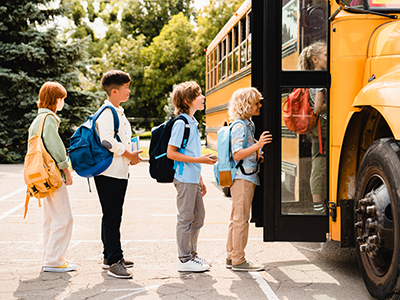
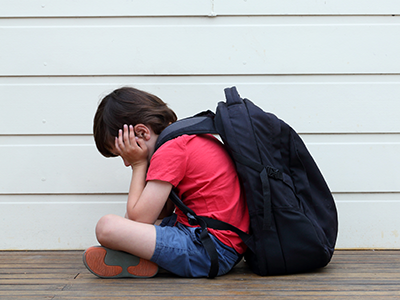


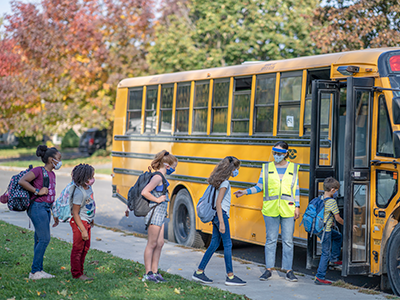
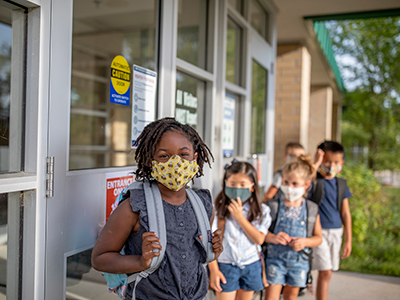



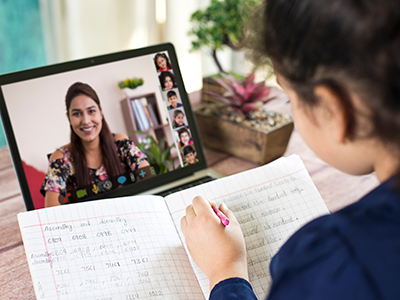
Very helpful! Thanks!
Vickie